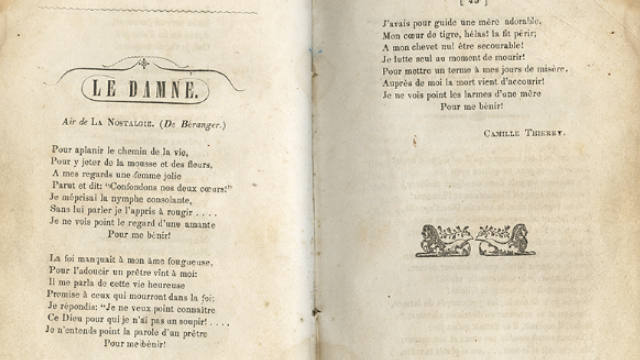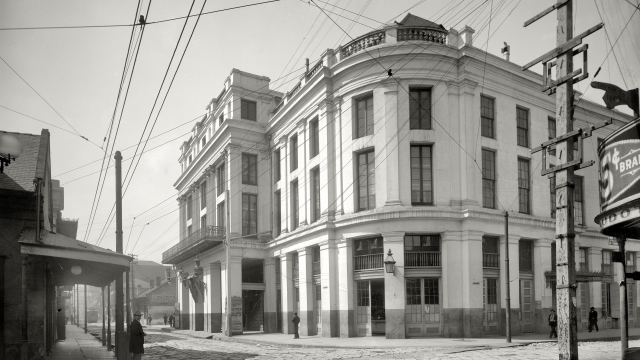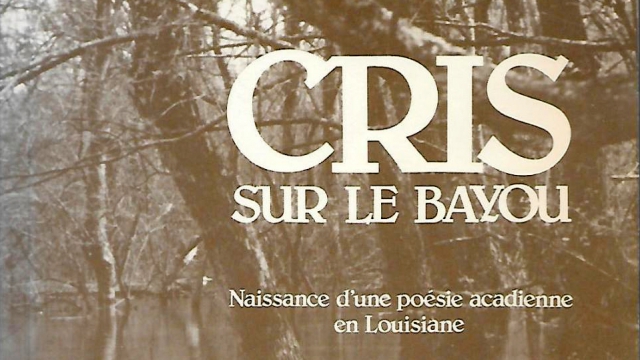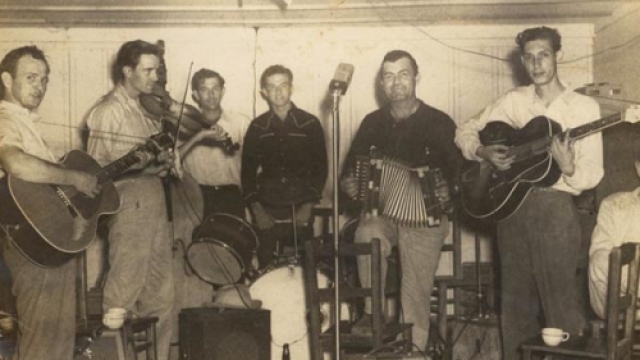Louisiana French—more commonly known as “Cajun” French—is the most widely spoken variety of French in the state today. As we saw in Chapter One, this language likely had its origins the in contact among speakers of different varieties of French who arrived in Louisiana from different French-speaking regions, including Quebec, Acadia, and various provinces of France. Since the Louisiana Purchase, and especially in the course of the twentieth and twenty-first centuries, it has been heavily influenced by English in its pronunciation, its grammar, and, especially, its lexicon. While many who speak the language consider themselves Cajuns, it is also spoken by others—including Creoles of color, white Creoles, and American Indians—who do not identify themselves as Cajuns. The close association of the term “Cajun” with one particular ethnic group makes its use problematic in reference to a language variety spoken by several different ethnic groups. The term “Louisiana French” is preferred here because it is ethnically neutral and therefore better suited to refer to a language that is not exclusive to Cajuns.
A few of the hallmark features that distinguish Louisiana French from Standard French include:
– An “r” that is apical rather than dorsal—i.e., that is articulated with the tip of the tongue rather than the back of the tongue—and is pronounced something like the “d” in the word cider.
– First and second person plural pronouns that take the forms nous-autres ‘we/us’ and vous-autres ‘you’ (pl.) as opposed to Standard French nous and vous.
– A third person plural subject pronoun (‘they’) that frequently takes the forms ça, eux-autres, or eusse as opposed to Standard French ils or ells.
– Progressive aspect expressed by être (‘to be’) + après (lit., ‘after’) + the infinitive, a structure unknown in Standard French but that corresponds to the English progressive to be V+ing: Jesuis après manger ‘I am eating’ (cf. Standard French Je mange or Je suis en train de manger).
– Verb paradigms that, thanks in part to the pronouns nous-autres, vous-autres, and eux-autres/eusse/ça, which tend to take verbs conjugated in the third person singular, are simplified compared to those of Standard French, as illustrated by the conjugation of boire ‘to drink’; note that regardless of spelling—bois or boit—the verb in Louisiana French is pronounced the same in all persons (/bwɑ/), whereas there are three different oral realizations of the verb in Standard French:
Je bois nous buvons je bois nous-autres boit
Tu bois vous buvez tu bois vous-autres boit
Il/elle/on boit ils/elles boivent il/elle/on boit eux-autres/eusse/ça boit
– A great number of words that are either not found in Standard French or have a different form or meaning in that variety; some of these, such as asteur ‘now’ (cf. maintenant), amarrer ‘to tie’ (cf. lier), and tirer ‘to milk (a cow)’, are found in other dialects of French, while others, such as boscoyo ‘cypress knee’ and zydeco ‘Zydeco music’, are particular to Louisiana.






